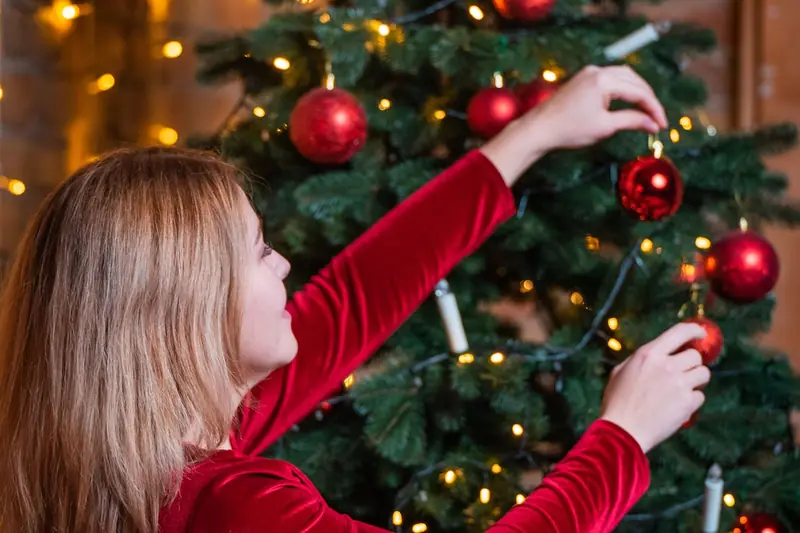
Researchers at Initial Washroom Hygiene (UK) claim that Christmas and New Year decorations harbor five times more germs than the average toilet seat.
As a result, the findings from this study are likely to prompt many to rethink their approach to the hygiene of holiday decor.
How Did Experts Discover This?
Using sterile swabs, scientists collected samples to analyze the presence of microbes on 25 Christmas decorations in five homes. Among the items studied were artificial Christmas trees, their storage boxes, ornaments, wreaths, and garlands.
The team analyzed the collected material using bioluminescent ATP (adenosine triphosphate) testing. This method allows for the detection of biological life levels that are invisible to the naked eye. It is widely used, for example, in hospitals to assess surface cleanliness before and after cleaning.
“Higher ATP readings indicate a higher level of bacterial contamination,” the researchers explained.
The analysis revealed that over two-thirds of the decorations (68 percent) showed more than 500 colony-forming units of contamination, indicating a high level of dirtiness.
The most contaminated items were the Christmas tree storage boxes, which had a reading of 845 units. The Christmas trees themselves followed closely with an average of 780 units.
Christmas ornaments averaged 610 units, while Christmas wreaths had 430 units, according to the Daily Mail.
In contrast, the least contaminated items were the garlands, which had an average reading of 286 units.
For comparison, samples taken from toilet seats averaged 220 units.
Jamie Woodhall, the technical and innovation manager at the company behind the research, noted, “Many of us love to hang decorations while holding a meat pie or a drink, and decorations often get passed from one person to another as they are unpacked and hung up, so the risk of cross-contamination is certainly there.”
Since 80 percent of all infections are transmitted through hands, the process of decorating a home can lead to the spread of dangerous illnesses, he added.
In light of these alarming results, researchers urged people to take the hygiene of decorations seriously.
“No one wants their Christmas celebrations spoiled by some seasonal bug. Therefore, we recommend taking proper precautions, such as wiping decorations with an antibacterial cloth and thoroughly washing and drying hands before joining in the festivities,” Mr. Woodhall said.
